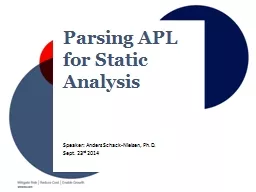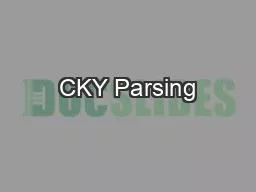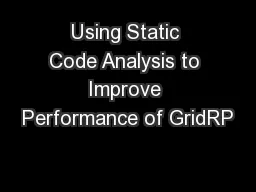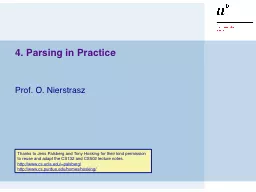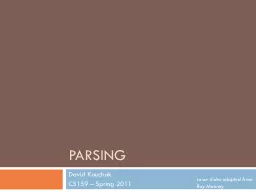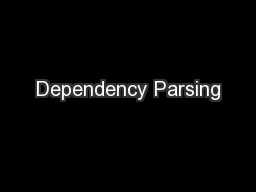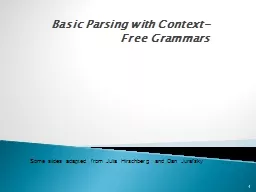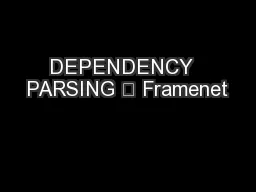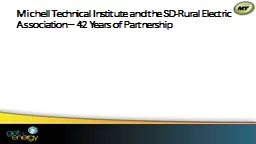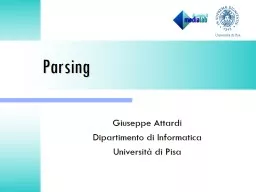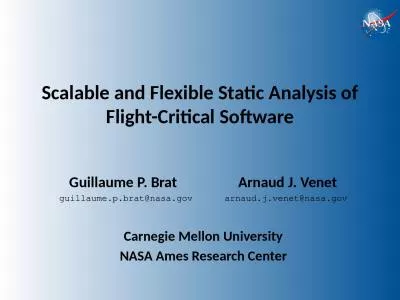PPT-Parsing APL for Static Analysis
Author : lindy-dunigan | Published Date : 2015-12-09
Speaker Anders SchackNielsen PhD Sept 23 rd 2014 Background and Motivation Variable Types Static Analysis Tool Parsing APL Kind Inference BNF Grammar Outline 2 APL
Presentation Embed Code
Download Presentation
Download Presentation The PPT/PDF document "Parsing APL for Static Analysis" is the property of its rightful owner. Permission is granted to download and print the materials on this website for personal, non-commercial use only, and to display it on your personal computer provided you do not modify the materials and that you retain all copyright notices contained in the materials. By downloading content from our website, you accept the terms of this agreement.
Parsing APL for Static Analysis: Transcript
Download Rules Of Document
"Parsing APL for Static Analysis"The content belongs to its owner. You may download and print it for personal use, without modification, and keep all copyright notices. By downloading, you agree to these terms.
Related Documents

